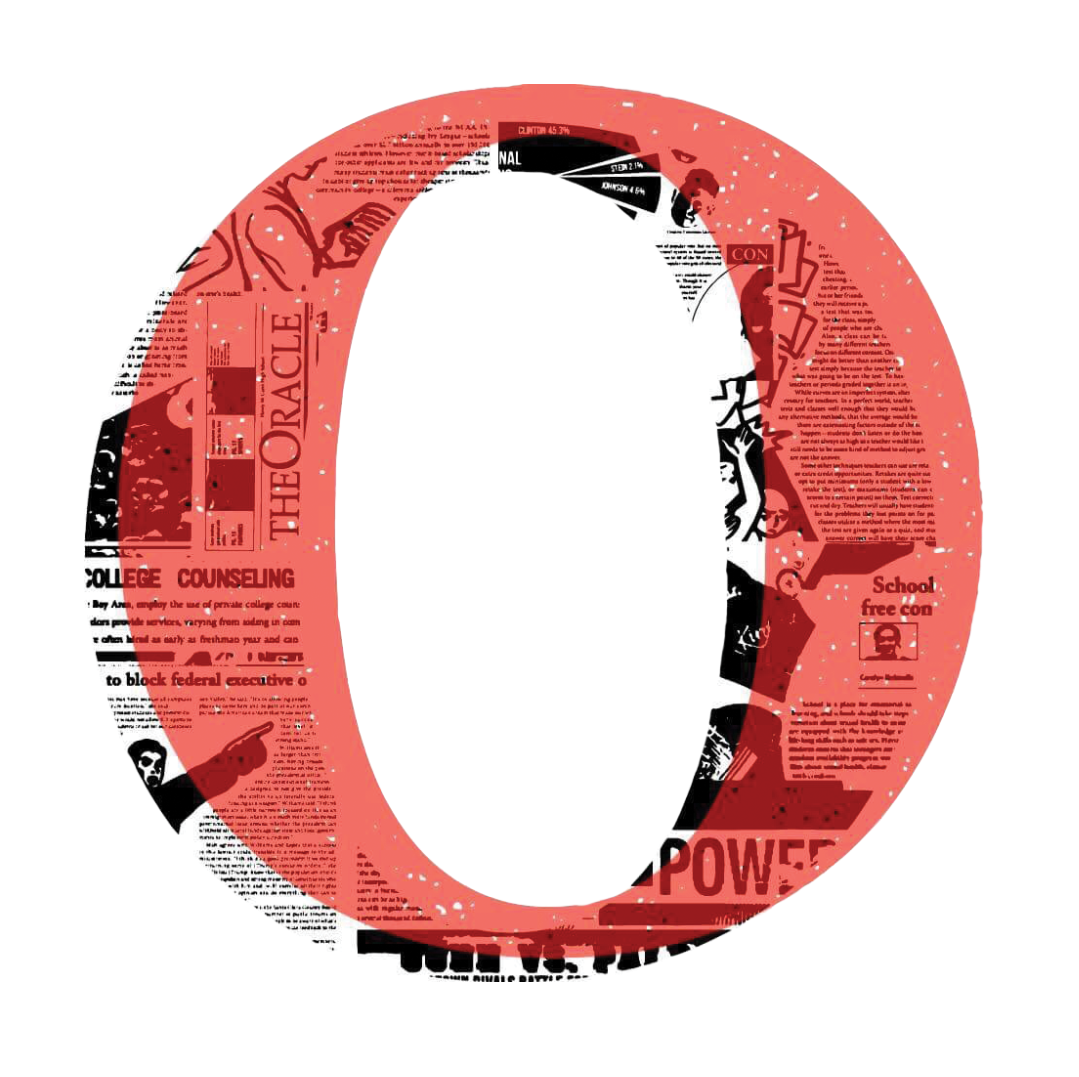Con: Should students buy clothing from thrift stores?
The practice of thrifting has quickly risen in popularity over the last few years, leaving many lower-income families with less clothing. According to “Rockyt Style,” in San Francisco, there are 87.3 thrift stores for every 100,000 people. This already high number is projected to keep increasing over the next few years. The high demand for secondhand options is harmful, as it goes against the whole point of thrift stores in the first place: providing clothes to people who are unable to buy new.
Wealthy people increasingly buy secondhand clothing from thrift stores without thinking about whom these institutions were made for. Thrift stores were made for lower-class families who can’t afford to buy new clothing. These families depend heavily on thrift stores to dress themselves. With the addition of the COVID-19 pandemic, and people needing to save money, buying clothes for cheaper has never been more needed. In 2020, The United States Census Bureau reported around 37.2 million people living in poverty, a 1% increase from 2019. With more people falling below the poverty line, the need for secondhand clothing is greater. Children’s clothing is especially needed.
However, recent data from 2020 shows that Generation Z is the biggest consumer of secondhand clothing, with 42% of its members purchasing secondhand. In particular, wealthy teenagers like to buy kid-sized shirts to use as tight-fitted crop-tops. Similarly, lingerie and other items are often bought as tops. These clothing items are essential to lower-income families and not as necessary to wealthy teenagers.
An alternate option to thrift shopping for higher-income families is buying clothes from eco-friendly brands. In an increasingly environmentally conscious world, more brands are veering towards environmentally-sound practices. One such brand is Zavi, an online clothing site that advertises their use of natural fabrics and organic dyes. A part of their website is dedicated to explaining in detail the materials used, in addition to a blog to help navigate people the process of sustainable fashion. The only downside is that, like many other sustainable brands, the clothes are more expensive, ranging from $60 to $300. For people who can afford it, however, these brands offer an eco-friendly and more socially conscious—alternative to thrifting.
Bigger brands are also improving the way they produce clothes. Although they are not 100% sustainable, these brands are actively changing their ways and moving away from fast fashion practices while still maintaining affordability. Fast fashion is the process of producing cheap clothing en masse, harming the environment and the workforce in the process. H&M, for example, which has been a leading company in the fast fashion industry for decades, reported a 22% reduction in Scope 1 carbon dioxide emissions and a 9% complete reduction in Scope 2 and 3 carbon dioxide emissions since 2019. In 2021, they reduced their plastic packaging by 27.8% and tripled the share of recycled material in their garments from 5.8% to 17.9%. This is not a perfect solution, but it is an alternative way to buy sustainably outside of thrifting.
In short, thrifting is not the only sustainable way to buy clothes. In fact, buying from thrift stores is really only a small part of being sustainable. People should not pride themselves on being eco-friendly solely based on the fact that they occasionally buy secondhand clothes. As the secondhand clothing industry grows, people need to be more conscious about the fact that where they choose to shop impacts people of different socioeconomic backgrounds. Ultimately, people must realize that thrifting is meant for those who truly need it.

Senior Lise Desveaux is a centerfold editor for The Oracle and has been on staff since January 2021. Outside of school, she enjoys listening to Taylor...
